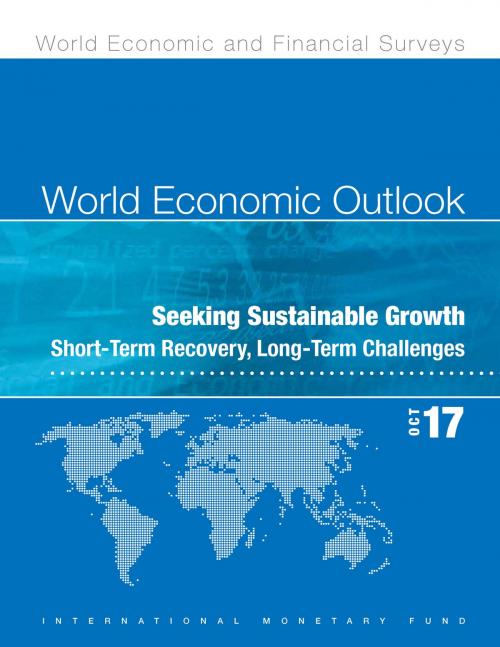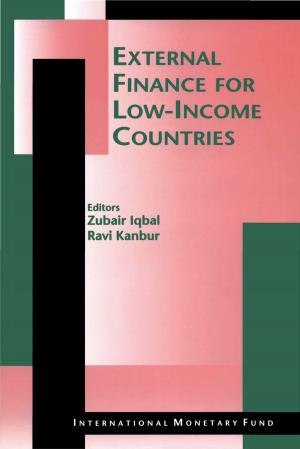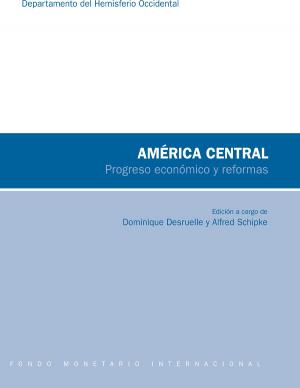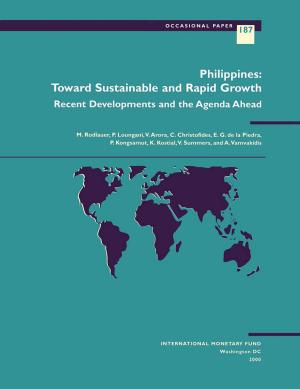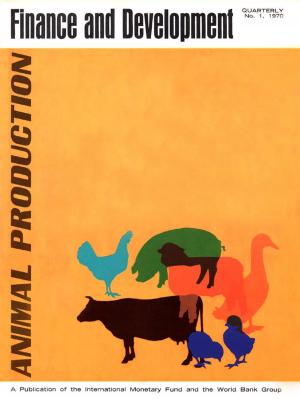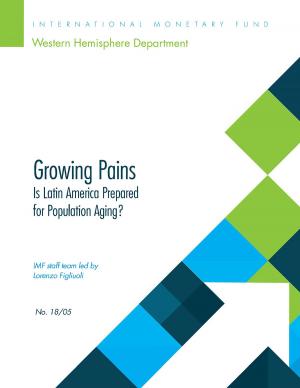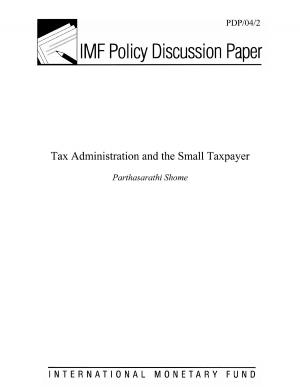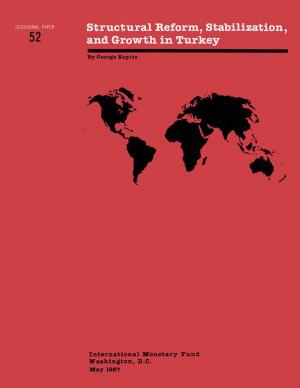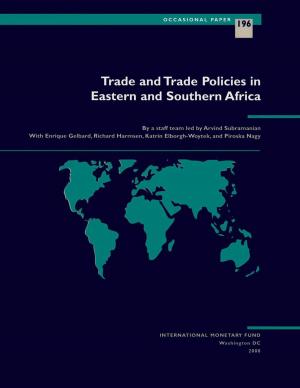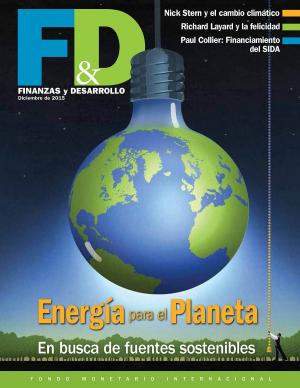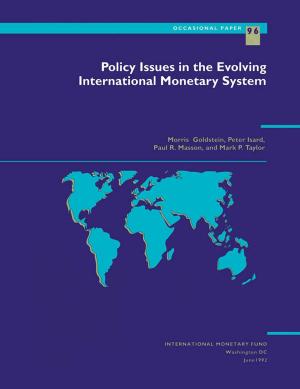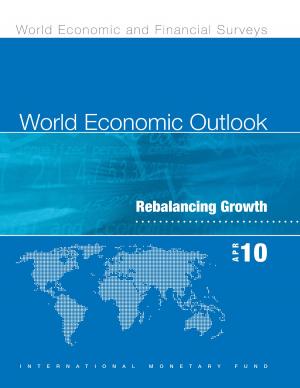World Economic Outlook, October 2017
Seeking Sustainable Growth: Short-Term Recovery, Long-Term Challenges
Business & Finance, Economics, International Economics, Macroeconomics, Nonfiction, Social & Cultural Studies, Political Science, Politics, Economic Policy| Author: | International Monetary Fund. Research Dept. | ISBN: | 9781484321126 |
| Publisher: | INTERNATIONAL MONETARY FUND | Publication: | October 10, 2017 |
| Imprint: | Language: | English |
| Author: | International Monetary Fund. Research Dept. |
| ISBN: | 9781484321126 |
| Publisher: | INTERNATIONAL MONETARY FUND |
| Publication: | October 10, 2017 |
| Imprint: | |
| Language: | English |
The global upswing in economic activity is strengthening. Global growth, which in 2016 was the weakest since the global financial crisis at 3.2 percent, is projected to rise to 3.6 percent in 2017 and to 3.7 percent in 2018. The growth forecasts for both 2017 and 2018 are 0.1 percentage point stronger compared with projections earlier this year. Broad-based upward revisions in the euro area, Japan, emerging Asia, emerging Europe, and Russia—where growth outcomes in the first half of 2017 were better than expected—more than offset downward revisions for the United States and the United Kingdom. But the recovery is not complete: while the baseline outlook is strengthening, growth remains weak in many countries, and inflation is below target in most advanced economies. Commodity exporters, especially of fuel, are particularly hard hit as their adjustment to a sharp step down in foreign earnings continues. And while short-term risks are broadly balanced, medium-term risks are still tilted to the downside. The welcome cyclical pickup in global activity thus provides an ideal window of opportunity to tackle the key policy challenges—namely to boost potential output while ensuring its benefits are broadly shared, and to build resilience against downside risks. A renewed multilateral effort is also needed to tackle the common challenges of an integrated global economy.
The global upswing in economic activity is strengthening. Global growth, which in 2016 was the weakest since the global financial crisis at 3.2 percent, is projected to rise to 3.6 percent in 2017 and to 3.7 percent in 2018. The growth forecasts for both 2017 and 2018 are 0.1 percentage point stronger compared with projections earlier this year. Broad-based upward revisions in the euro area, Japan, emerging Asia, emerging Europe, and Russia—where growth outcomes in the first half of 2017 were better than expected—more than offset downward revisions for the United States and the United Kingdom. But the recovery is not complete: while the baseline outlook is strengthening, growth remains weak in many countries, and inflation is below target in most advanced economies. Commodity exporters, especially of fuel, are particularly hard hit as their adjustment to a sharp step down in foreign earnings continues. And while short-term risks are broadly balanced, medium-term risks are still tilted to the downside. The welcome cyclical pickup in global activity thus provides an ideal window of opportunity to tackle the key policy challenges—namely to boost potential output while ensuring its benefits are broadly shared, and to build resilience against downside risks. A renewed multilateral effort is also needed to tackle the common challenges of an integrated global economy.
